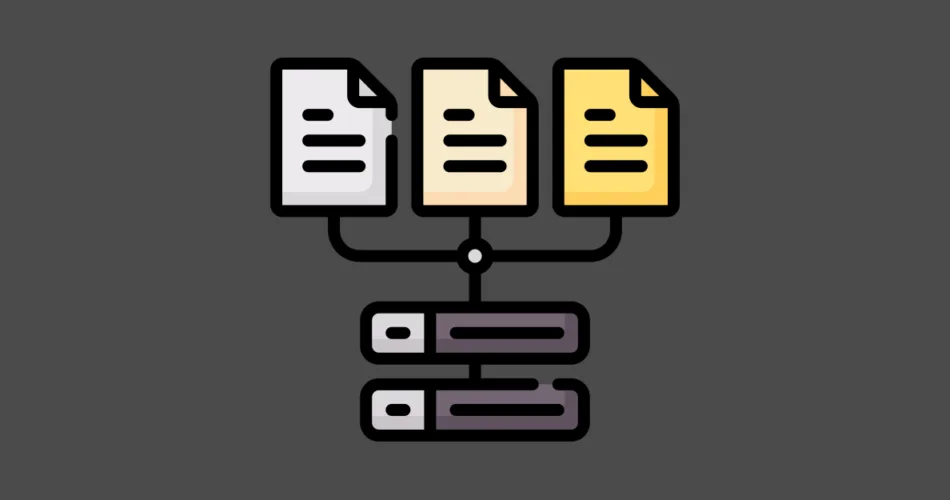NoSQL databases have gained prominence as alternatives to traditional relational databases, particularly in scenarios that require flexibility, scalability, and the handling of large volumes of data. This guide provides an overview of NoSQL databases, highlighting their types and key concepts such as document modeling and schema-less design.
Types of NoSQL Databases
NoSQL databases are categorized into several types, each tailored to specific use cases and data models:
- Document Databases: These databases store data in semi-structured documents, often in formats like JSON or BSON. Popular examples include MongoDB and Couchbase.
- Key-Value Stores: They are simple and efficient for retrieving data using a unique key. Redis and Riak are well-known key-value stores.
- Column-Family Stores: Designed for handling large amounts of data with high write throughput. Apache Cassandra and HBase fall into this category.
- Graph Databases: Ideal for data with complex relationships. Neo4j and Amazon Neptune are notable graph databases.
- Time-Series Databases: Specialized for managing time-series data, often used in IoT and monitoring applications. InfluxDB and OpenTSDB are examples.
Document Modeling and Schema-less Design
One of the defining features of many NoSQL databases is their schema-less design, which contrasts with the rigid schema of traditional relational databases. Here’s a closer look at document modeling and schema-less design:
- Document Modeling: Document databases store data as documents, typically in JSON or similar formats. These documents are hierarchical and can contain nested data structures, providing flexibility in representing complex data.
- Schema-less Design: Unlike relational databases that enforce a fixed schema, NoSQL databases allow you to insert data without predefined structures. This flexibility is particularly useful when dealing with evolving or semi-structured data.
- Dynamic Schemas: NoSQL databases often support dynamic schemas, meaning that each document in a collection can have different fields and structures. This adaptability simplifies development and accommodates changing data requirements.
By embracing NoSQL database, developers can address a wide range of data storage and retrieval needs while embracing a more flexible and agile approach to data modeling.
Subscribe to our email newsletter to get the latest posts delivered right to your email.


Comments